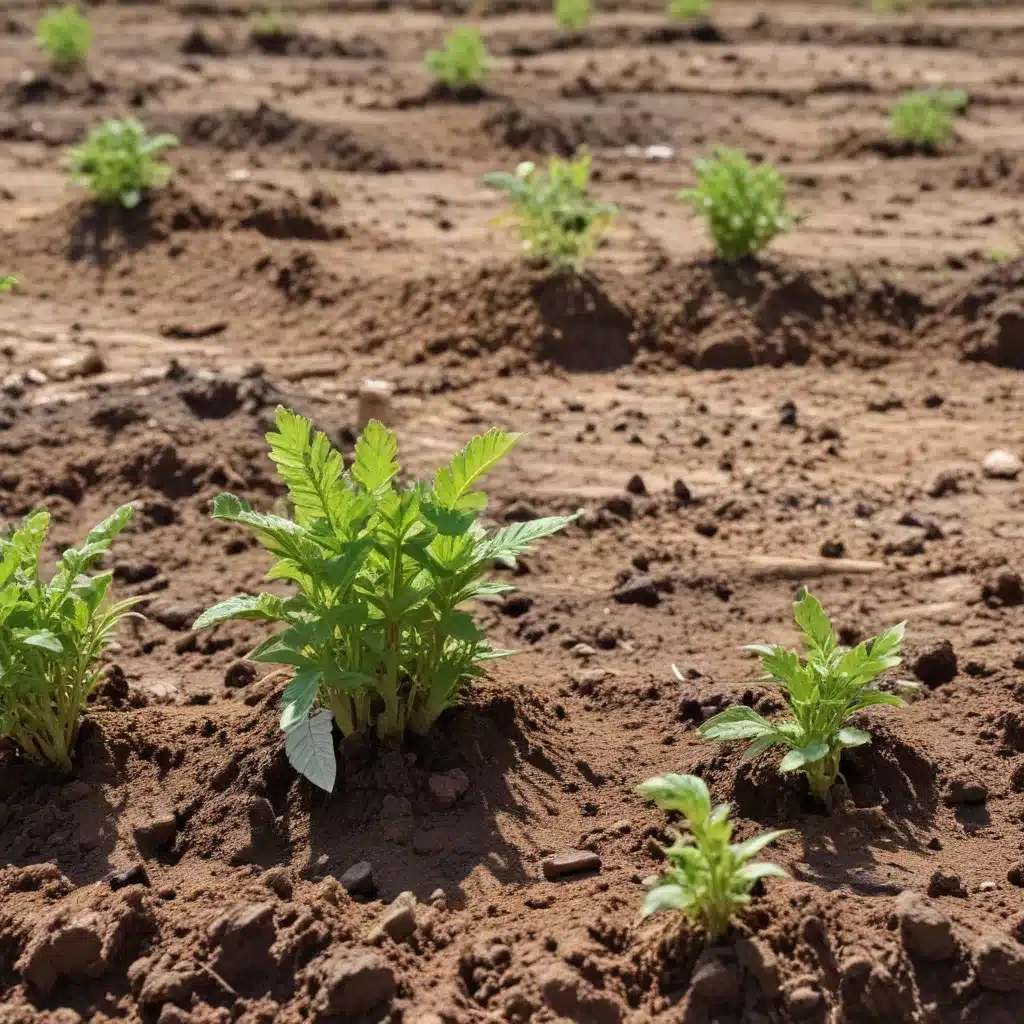
The Emergence of Fungal-Based Bioremediation
Innovative solutions are revolutionizing the way we approach soil and groundwater contamination, offering hope for a cleaner, healthier planet. One such revolutionary approach is the use of mycoremediation – the application of fungal species to decontaminate polluted environments.
Fungi have long been recognized for their remarkable ability to break down a wide range of organic pollutants, from pesticides and hydrocarbons to polychlorinated biphenyls (PCBs) and dioxins. Unlike traditional chemical and physical remediation techniques, which can be costly, disruptive, and environmentally damaging, mycoremediation harnesses the inherent metabolic capabilities of fungi to effectively and sustainably decontaminate polluted sites.
Harnessing the Power of Fungal Enzymes
At the heart of mycoremediation lies the incredible enzymatic machinery of fungi. Fungi produce a diverse array of extracellular enzymes, such as lignin peroxidase, manganese peroxidase, and laccase, which are capable of breaking down a vast array of recalcitrant organic compounds. These enzymes can oxidize, reduce, or transform pollutants, converting them into less toxic or even benign substances.
One particularly promising fungal species for mycoremediation is Phanerochaete chrysosporium, a white-rot fungus known for its exceptional ability to degrade a wide range of persistent organic pollutants. This fungus secretes lignin peroxidase, an enzyme that can cleave the complex aromatic structures of compounds like polycyclic aromatic hydrocarbons (PAHs) and PCBs, effectively breaking them down into simpler, more easily degradable products.
Harnessing Fungal Mycelial Networks
Beyond their enzymatic prowess, fungi also possess an intricate network of underground structures called mycelia, which act as natural conduits for the transport and distribution of nutrients, water, and even pollutants. This expansive mycelial network enables fungi to access and remediate contaminants in the soil and groundwater, making them highly effective in in-situ bioremediation applications.
The mycelial network also plays a crucial role in the biodegradation process, as it allows for the efficient distribution of fungal biomass and enzymes throughout the contaminated area. This helps to maximize the surface area and contact between the fungi and the pollutants, thereby accelerating the decontamination process.
Synergistic Interactions with Bacteria
Mycoremediation often involves the integration of fungal species with complementary bacterial communities, harnessing the power of these synergistic interactions. Certain bacteria can work in tandem with fungi, breaking down the initial fungal breakdown products into even simpler, less toxic compounds.
For example, the white-rot fungus Phanerochaete chrysosporium can initiate the degradation of PAHs, with subsequent bacterial species then continuing the process, eventually mineralizing the pollutants into carbon dioxide and water. This collaborative approach not only enhances the efficiency of the bioremediation process but also promotes the long-term sustainability of the remediated ecosystem.
Tailoring Mycoremediation Strategies
Effective mycoremediation strategies require a thorough understanding of the specific contaminants, site conditions, and the interactions between the fungal species and the surrounding environment. Careful selection and optimization of the fungal strains, as well as the environmental parameters, are crucial for achieving the desired remediation outcomes.
In some cases, the addition of supplementary nutrients or the adjustment of pH, moisture levels, or oxygen availability may be necessary to create the optimal conditions for fungal growth and pollutant degradation. Innovative approaches, such as the use of bioreactors or the integration of mycoremediation with other remediation technologies, can further enhance the effectiveness of fungal-based decontamination strategies.
Integrating Mycoremediation with Phytoremediation
Mycoremediation can also be combined with phytoremediation, the use of plants to remove, transfer, stabilize, or destroy contaminants in the soil and groundwater. This integration of fungal and plant-based techniques can lead to synergistic effects, where the fungi and plants work together to create a more comprehensive and efficient remediation system.
For example, certain plant species can provide the necessary organic carbon and other nutrients to support the growth and activity of the mycoremediation fungi, while the fungi can, in turn, help the plants access and uptake contaminants more efficiently. This symbiotic relationship can enhance the overall remediation performance and create a more sustainable, nature-based solution for environmental restoration.
Overcoming Challenges and Expanding Applications
While mycoremediation has demonstrated remarkable potential, there are still some challenges that need to be addressed. Ensuring the long-term survival and consistent performance of the fungal species in varying environmental conditions, as well as the scalability of mycoremediation approaches, are areas that require further research and optimization.
Nevertheless, the ever-expanding applications of mycoremediation are a testament to its growing importance in the field of environmental restoration. From the remediation of soil contaminated with heavy metals and organic pollutants to the decontamination of industrial wastewater, the versatility of fungal-based bioremediation is truly remarkable.
As we continue to grapple with the pressing environmental challenges of our time, the innovative strategies and nature-based solutions offered by mycoremediation hold great promise in restoring the health and resilience of our soil and groundwater resources. By harnessing the power of fungi, we can pave the way towards a more sustainable and ecologically balanced future.
Conclusion
The emergence of mycoremediation as a cutting-edge approach to soil and groundwater decontamination represents a significant shift in the way we address environmental pollution. By leveraging the remarkable capabilities of fungi, we can now tackle a wide range of persistent and toxic contaminants in a more sustainable, cost-effective, and ecologically-friendly manner.
As we continue to explore and refine the applications of mycoremediation, we can look forward to a future where the delicate balance of our natural ecosystems is restored, and the health and well-being of our communities are safeguarded. Through this innovative approach, we are not only cleaning up the past but also laying the foundation for a more resilient and sustainable future.

